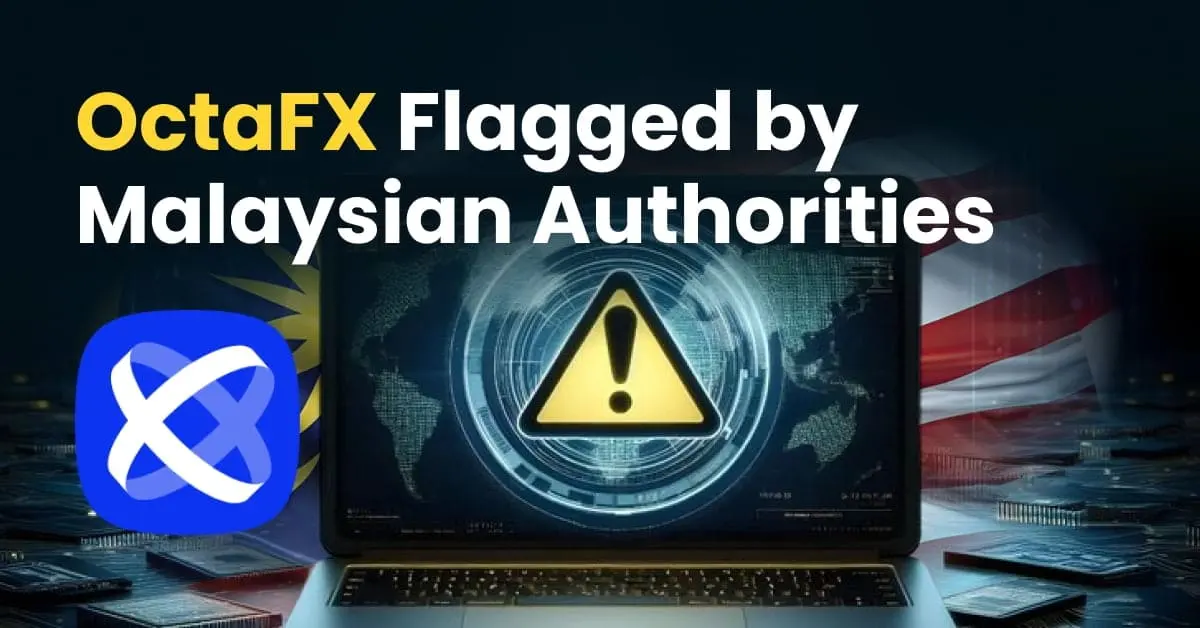简体中文
繁體中文
English
Pусский
日本語
ภาษาไทย
Tiếng Việt
Bahasa Indonesia
Español
हिन्दी
Filippiiniläinen
Français
Deutsch
Português
Türkçe
한국어
العربية
Shocking! Oil Prices Plunge Below $60
Abstract:Oil prices are in free fall. On April 7, the market extended its slide — WTI crude dropped below $60 per barrel, while Brent crude fell to $63, hitting a four-year low.

Since the start of April, oil has already lost over 13%, catching many investors off guard. Analysts now expect Brent crude to fluctuate between $60 and $65 in the short term, with no clear signs of stabilization.
Why is oil tumbling so hard?
The drop boils down to two things: too much supply and not enough demand. OPEC+ announced plans for a major production boost starting in May, flooding the market with even more oil.
At the same time, economic uncertainty is weighing on global demand, and escalating trade tensions across multiple countries are only adding to the pressure. In this “oversupply meets weak demand” setup, oil prices are struggling to find support.
Goldman Sachs has cut its 2025 average Brent forecast twice in one week, now expecting $62 per barrel, and warned of further downside risks. JPMorgan isnt optimistic either, predicting Brent at $64 by year-end and falling below $60 by 2026.
For investors, the turbulence in oil markets is far from over. With rising supply, weakening demand, global trade tensions, and economic headwinds all in play, theres no clear path to a stable recovery.
Some firms, like ING, still see room for a mild rebound later this year, forecasting a potential supply shortfall around mid-2025.
But overall, volatility is likely to remain the name of the game. Investors should be cautious of short-term price bounces, stay aware of the risks, and evaluate their own investment goals and risk tolerance before making any big moves.

Disclaimer:
The views in this article only represent the author's personal views, and do not constitute investment advice on this platform. This platform does not guarantee the accuracy, completeness and timeliness of the information in the article, and will not be liable for any loss caused by the use of or reliance on the information in the article.
Read more

OctaFX Flagged by Malaysian Authorities
OctaFX has been officially listed on warning lists by both Bank Negara Malaysia (BNM) and the Securities Commission Malaysia (SC). These alerts raise serious concerns about the broker’s status and whether it is legally allowed to operate in Malaysia.

TradingPRO: A Closer Look at Its Licences
In an industry where safety and transparency are essential, the regulatory status of online brokers has never been more important. For traders seeking to protect their capital, ensuring that a platform operates under recognised and stringent oversight can make all the difference. Keep reading to learn more about TradingPRO and its licenses.

Oil Price Breakout Incoming? Investors Should Stay Alert
Oil prices are hovering around a critical level, with potential yet to be fully unleashed. Investors must prepare for sudden changes.

New SEBI Regulations on Intraday Trading
The Securities and Exchange Board of India (SEBI) has implemented revised regulations on Intraday trading, with effect from November 20, 2024. These regulations are meant to lessen risks and prevent speculative trading practices.
WikiFX Broker
Latest News
SkyLine Guide 2025 Malaysia: 100 Esteemed Judges Successfully Assembled
Vantage Markets Review 2025: Trusted Forex and CFD Trading Since 2009
Why STARTRADER Is Popular Among Traders?
A Guide to Intraday Forex Trading You Can't Miss Out
CONSOB Blocks Access to 13 Unauthorized Investment Websites
TradingPRO: A Closer Look at Its Licences
The world could be facing another ‘China shock,’ but it comes with a silver-lining
New SEBI Regulations on Intraday Trading
Everything You need to know about Barath Trade
IronFX Broker Review 2025: A Comprehensive Analysis of Trustworthiness and Performance
Currency Calculator


